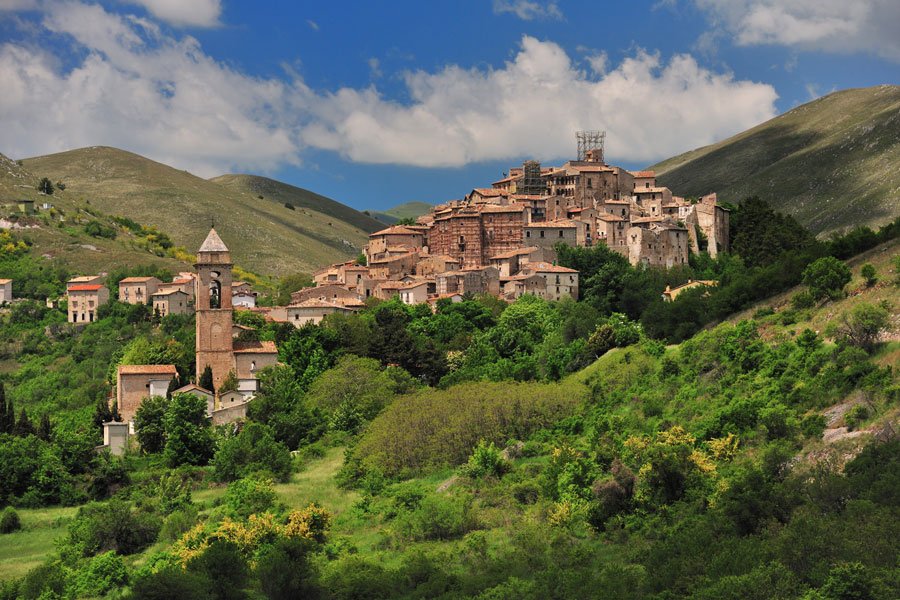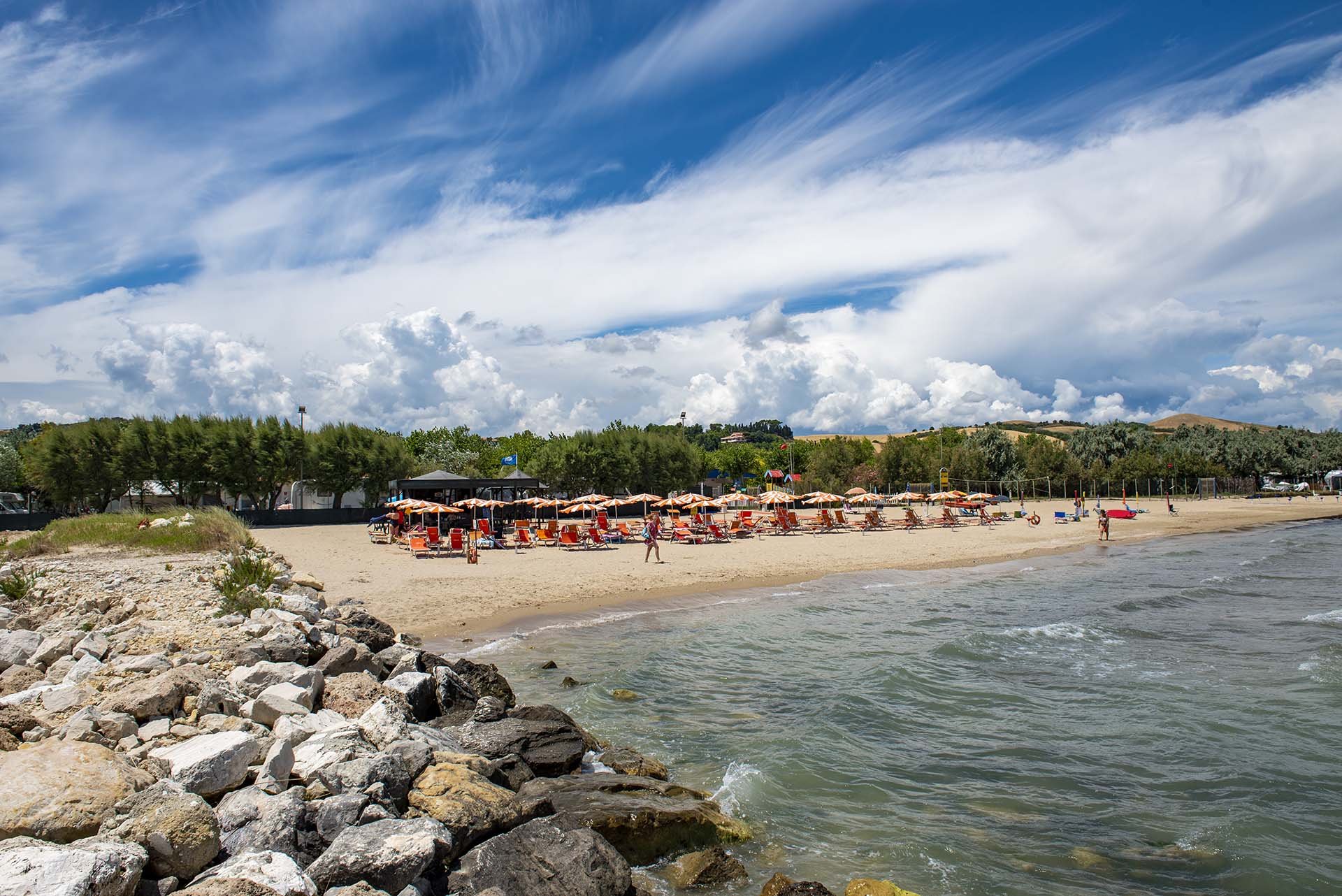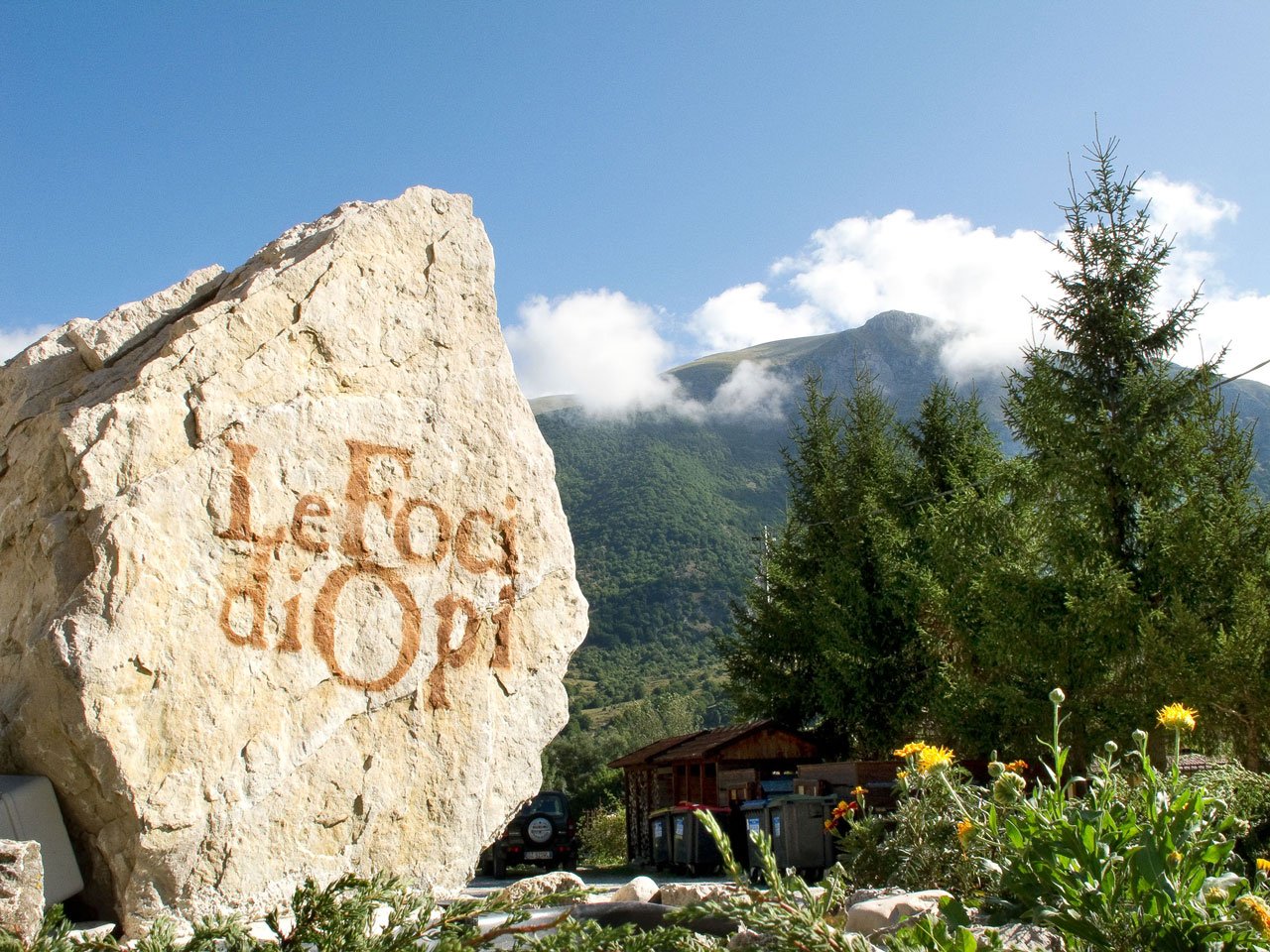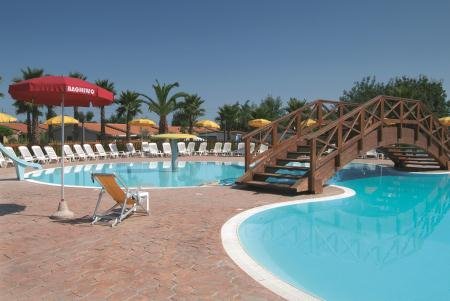Discovering S. Stefano di Sessanio, a medieval village with a great history
"Eight years ago I arrived almost by chance in a semi-abandoned village in the land of Abruzzo, S. Stefano di Sessanio, I had gotten lost in the dirt roads around the Rocca di Calascio. Everything had stopped as in ancient times. Only the stone village blended with a rural landscape full of signs of ancient practices now in disuse. I was thunderstruck on the road to Damascus."
So writes Daniele Kihlgren of his 'encounter' with this evocative medieval village that leaves one astounded by its perfectly preserved settlement layout. It is like taking a plunge into the past. Houses and streets have remained exactly as they were in past centuries, a small jewel set in the mountains. Built in white limestone, it is a succession of narrow streets, arches and tunnels with valuable architectural signs left by the Medici.
Santo Stefano di Sessanio has ancient origins: built around the 12th century, it immediately acquired great prosperity due to its fortunate position at the crossroads of important consular roads and later due to its proximity to the Tratturo regio, the main road of transhumance between L'Aquila and Foggia.
But the period of greatest splendour came when the town was led by Francesco de' Medici, who developed trade, in particular that of 'carfagna' wool, the black wool used by soldiers and monks. The Medici also left many valuable architectural signs such as the arched portals with flowered panels, the mullioned windows and balcony brackets, and the finely carved stone windows. While the tower, called Medicea because it bears the coat of arms of the Tuscan family, dates back to the 14th century. The tower was destroyed in the 2009 earthquake and is currently being restored.
S. Stefano di Sessanio became depopulated when the transhumance from Apulia ended. It was precisely the lack of urban interventions that preserved it from structural changes. In practice, the depopulation and impoverishment of the mountain area have allowed time to freeze, giving us this enchanting and unique place.
Thanks to precise conservation choices made by the administrations and the Park Authority, combined with the interest and effort of the few remaining young people, the village was preserved and then completely restored. There was then private investment, first and foremost that of Daniele Kihlgren, which made it possible to develop the albergo diffuso formula and welcome tourists from all over Europe.









 IT
IT EN
EN DE
DE